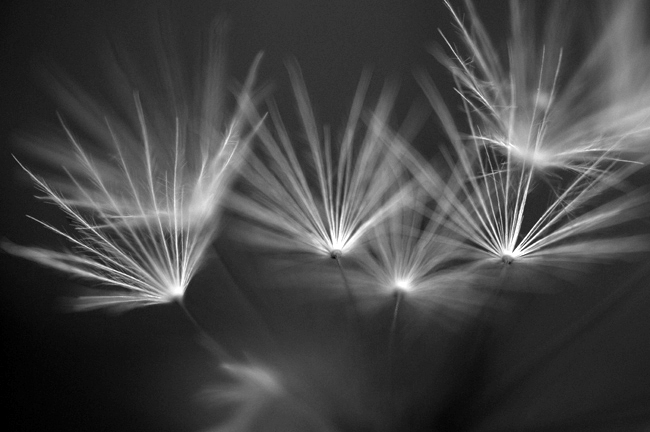Waterfalls are such a reflection of the beauty in nature that when we see them we automatically want to take pictures of them. We can shoot with fast shutter speeds, hand held and quickly and that works for a straight documentation of their beauty. But a better way to go is to take alittle more time to set up and frame the waterfall through good composition using a tripod. Using a tripod will slow your brain down and force you to look at the subject and decide where to shoot from that will give your image that extra quality that could make it a great photograph.
When shooting waterfalls in a forest setting, it is best to have a bright overcast day. This way the forest shadows are not too dark and the waterfalls reflective character too bright. Too much contrast can destroy your picture.
One tip I will always remember is when a photographer friend of mine said that I should try using a polarizing filter over my lens when shooting waterfalls or just forest settings in general. He said I would be impressed with how the greens would pop out and look rich and lush. So now, anytime I am shooting in a forest setting I always carry a polarizing filter and use it proficiently. A polarizing filter does not eliminate all reflected light, but only the light that is polarized, light waves which are oriented at one angle instead of several. You have to rotate a polarizing filter on the front of your lens to find the position which will eliminate the amount of polarized light you want removed. The polarizer blocks out some light so it will affect you exposure. So having those stray light reflections coming off the leaves eliminated (just as a polarizer eliminates the reflections from glass) and focusing the eye on the leaves rich texture is a good thing.
Because of the loss of light, depending on how much you rotate your polarizing filter, you will be using slower shutter speeds. This is what you want, because you will be using a tripod to hold your camera, a shutter release cable to trip the shutter bottom, and a time exposure to capture the water pouring over the rocks. If you don't have a cable release you can use the self timer control to take the picture so your finger won't move your camera during the long exposures.
If you have to much light and you find that you cannot use a slow enough shutter speed and you don't have a polarizer you can use a neutral density filter that will cut down on the light and you should be able to use slower shutter speed to get that beautiful fluid motion of a waterfall.
Of course shooting waterfalls with fast shutter speeds works too.







No comments:
Post a Comment